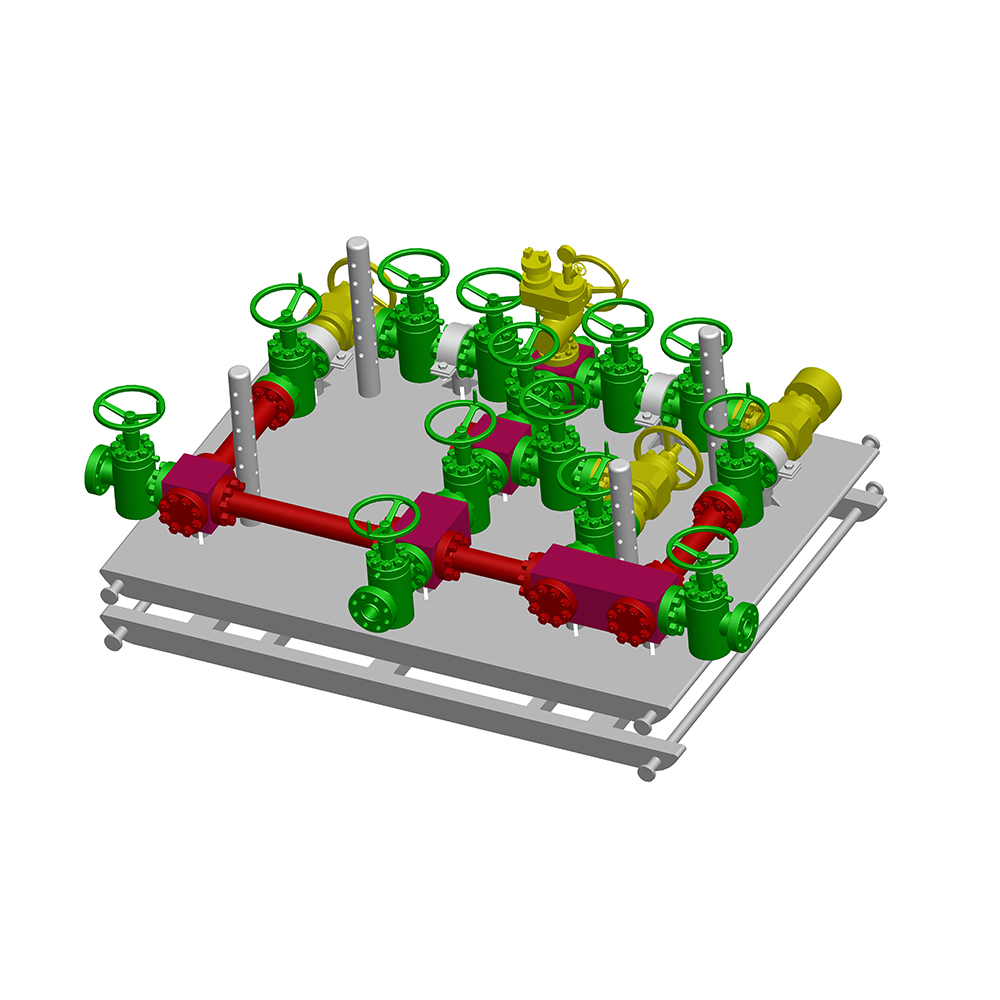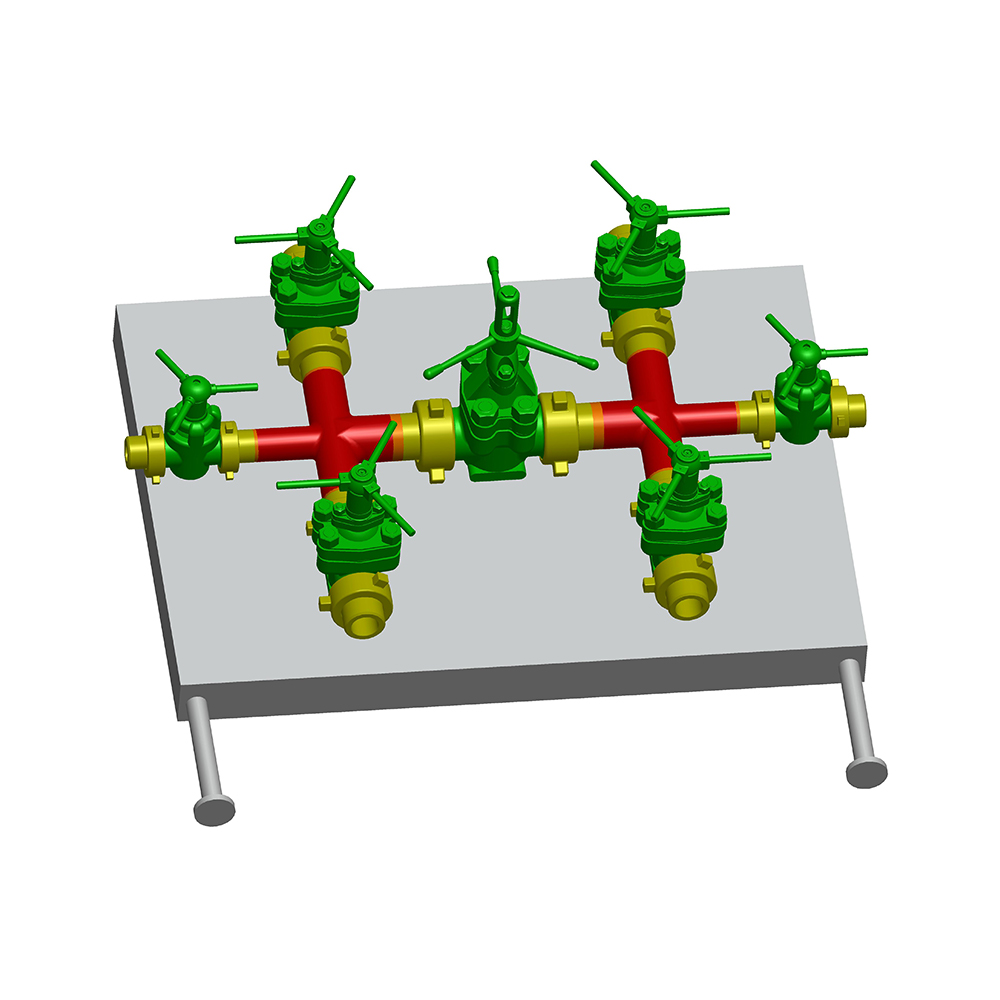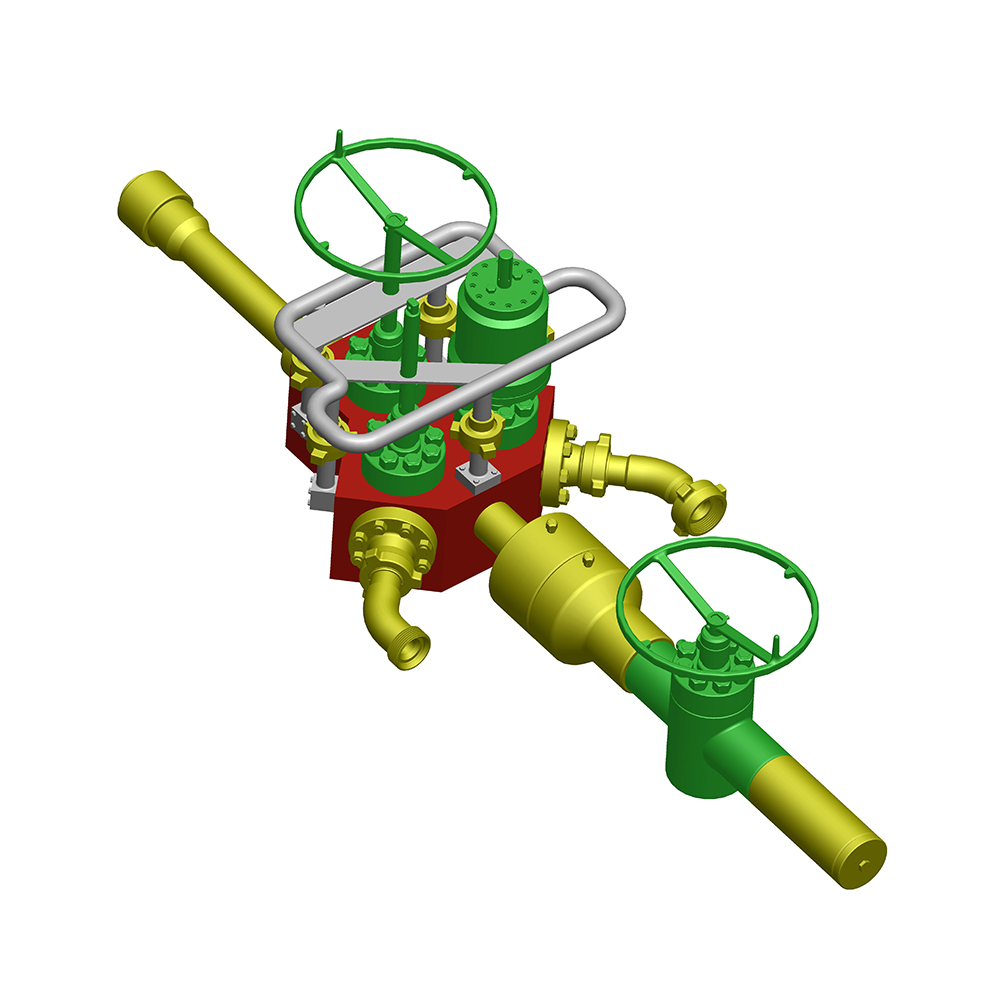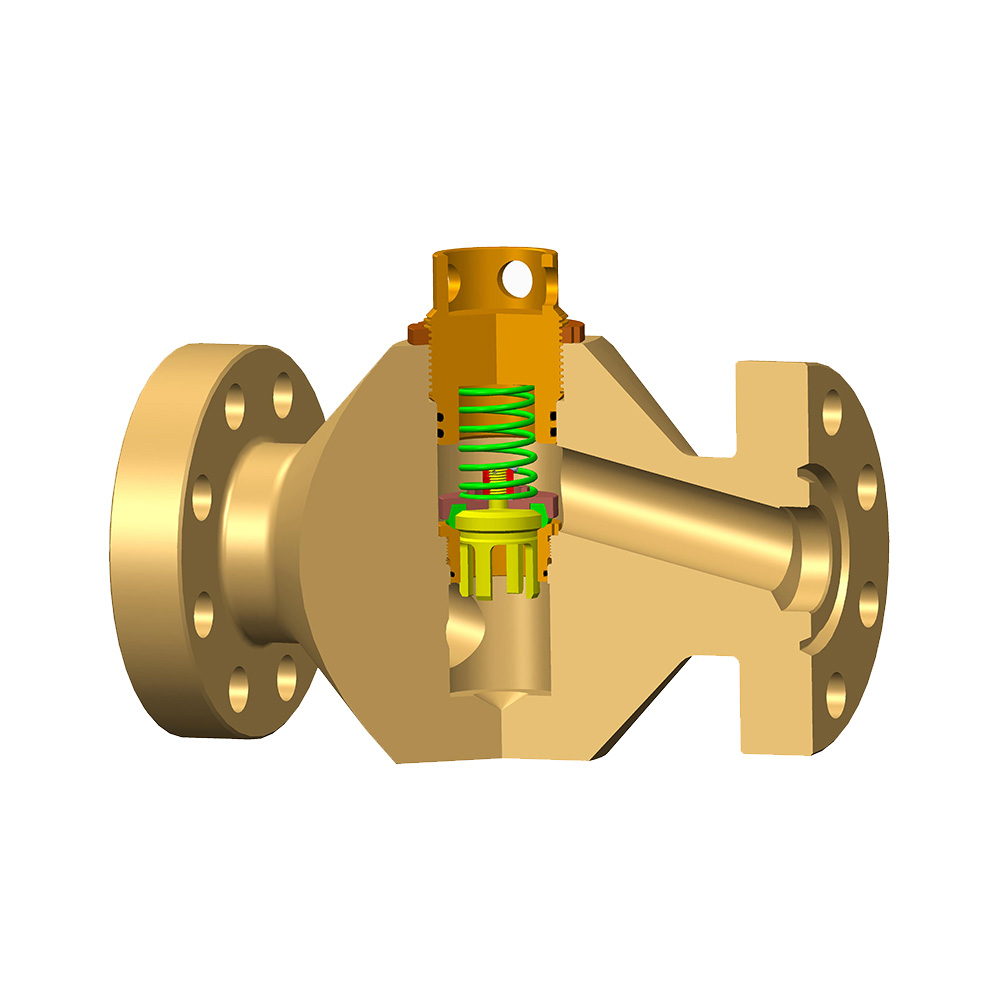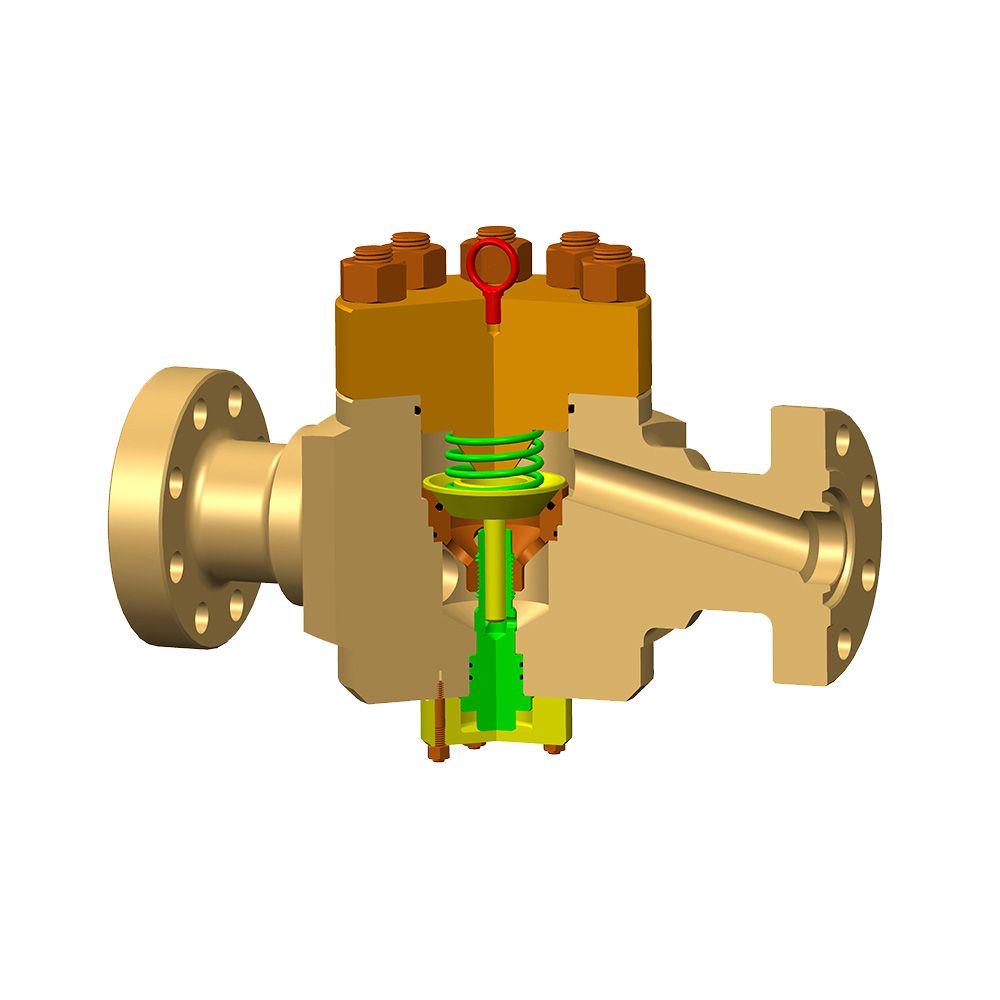In the high-stakes world of oil and gas extraction, every component of a well’s infrastructure plays a pivotal role in ensuring operational safety, efficiency, and longevity. Among these components, gate valves stand out as critical safeguards against catastrophic failures. Proper installation of gate valves is not merely a technical formality—it is a non-negotiable requirement for mitigating risks, maintaining production continuity, and protecting multimillion-dollar assets.
Gate Valves: The First Line of Defense in Well Control
Gate valves are mechanical workhorses designed to isolate fluid flow in oil wells. Their robust construction allows them to withstand extreme pressures, corrosive environments, and temperature fluctuations inherent in hydrocarbon extraction. When fully open, gate valves provide unobstructed flow paths, minimizing pressure drops. When closed, their sliding "gate" mechanism creates a tight seal, preventing leaks and uncontrolled fluid release. However, their reliability hinges entirely on correct installation practices.
Common Risks of Improper Installation
A poorly installed gate valve can compromise the entire well system. For example:
Seal Failure: Misaligned valve components or insufficient torque during assembly may lead to seal degradation, enabling leaks of oil, gas, or toxic fluids.
Pressure Imbalance: Incorrectly seated gates can warp under high-pressure conditions, causing valve blowouts or casing damage.
Operational Delays: Faulty valves often require emergency shutdowns, costing operators thousands of dollars per hour in lost production.
Precision Protocols: Best Practices for Gate Valve Installation
The oil and gas industry adheres to stringent standards—such as API 6A and ISO 10423—to ensure gate valves perform as engineered. Key installation steps include:
Pre-Installation Inspection: Verify valve specifications (pressure rating, material grade) against well conditions. Check for manufacturing defects or transport damage.
Surface Preparation: Clean flange faces and threads meticulously to prevent debris from compromising seals.
Torque Calibration: Use calibrated tools to apply manufacturer-recommended torque values during bolting. Over-tightening can distort seals; under-tightening risks blowouts.
Alignment Verification: Ensure valves are perfectly aligned with piping systems to avoid stress fractures. Laser alignment tools are increasingly deployed for precision.
Pressure Testing: Conduct hydrostatic or pneumatic tests post-installation to confirm leak-tight integrity under simulated operating pressures.
The Economic and Environmental Cost of Negligence
Beyond safety risks, improper valve installation carries severe financial and reputational consequences. A single valve failure in an offshore platform can trigger cleanup costs exceeding $10 million, regulatory fines, and irreversible environmental damage. Conversely, investing in certified technicians, advanced installation tools, and real-time monitoring systems pays dividends in risk reduction and operational uptime.
In an era where oil well complexity and regulatory scrutiny are intensifying, gate valve installation must transition from a routine task to a mission-critical operation. Operators who prioritize training, compliance, and technology adoption will not only safeguard their assets but also reinforce industry-wide commitments to safety and sustainability. As the adage goes: “In oil and gas, there’s no room for shortcuts—especially when installing the valves that stand between success and disaster.”

